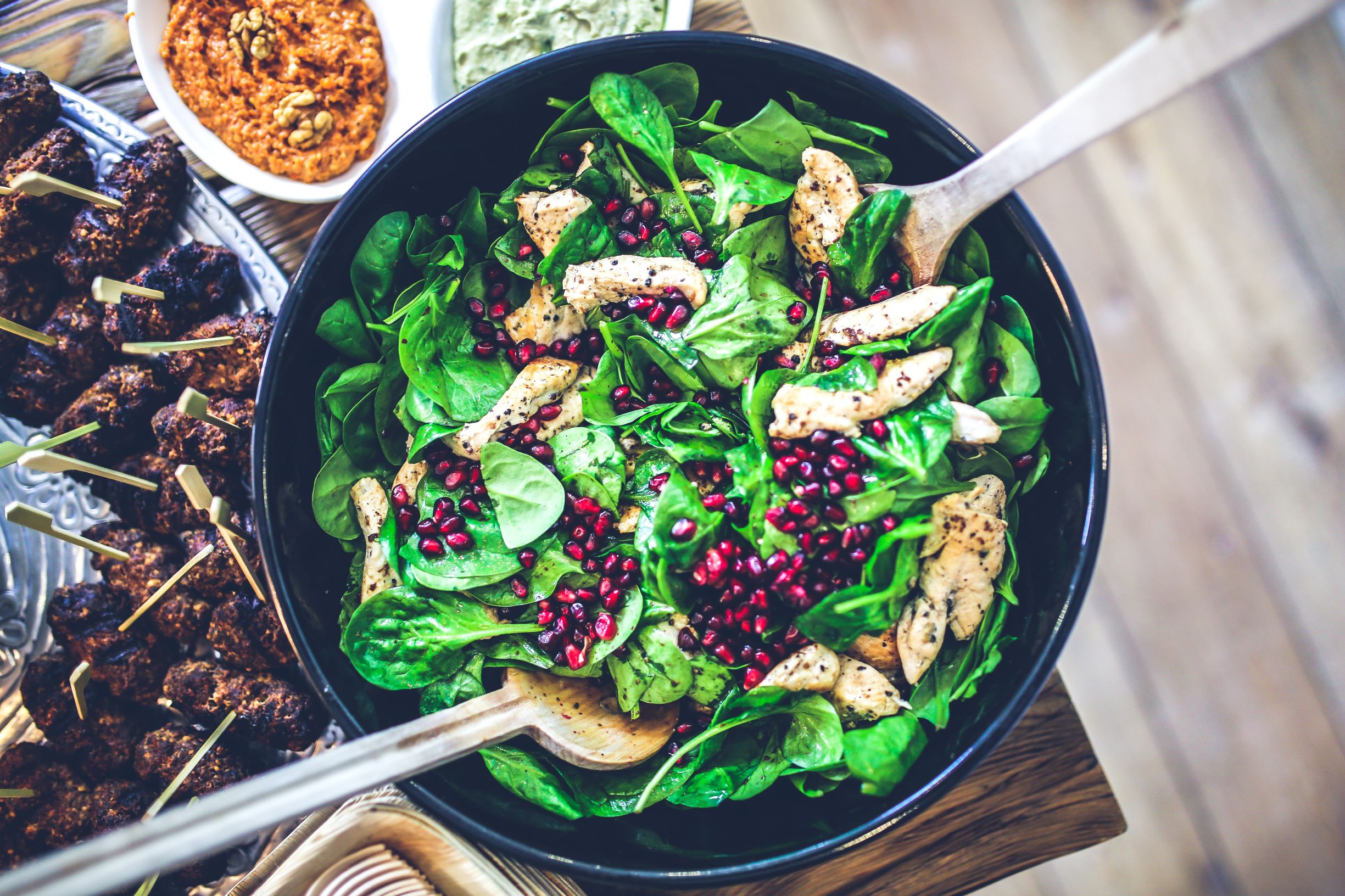In early 2016, I invested $500+ a month in online fitness coaching.
This was a good chunk of change for a twenty-two year old, so I was eager to make the most of it. Anything my coach told me, I was going to do—no questions asked. And this approach worked well for me for a while.
The workouts were taking me out of my comfort zone, I was successfully “recomping” (losing fat while building muscle), and I felt like I was in a rhythm.
Until I wasn’t.
My best friend Dominik will be the first to tell you I eventually spent every waking second fantasizing about the foods I couldn’t fit into my extremely low calorie protocol. On more than one occasion, I ate bowls of egg whites and plain tuna at his house to hit my nutritional targets.

Eating 8-10 egg whites in one sitting wasn’t unusual at the time
I also began self-sabotaging in a major way. I’m talking full sleeves of cookies, boxes of cereal, and all the snacks I could get my hands on. It made me feel horrible, but I didn’t care. My diet had me completely fried—physically and mentally.
I just wanted to eat a damn cookie without worrying about its calories.
But I also wanted to “finish” my diet.
When I finally opened up to my coach about how much I was struggling, he offered a simple solution: a “diet break”—which, if you’re unfamiliar, is a 3-14 day period where you don’t diet. The benefits are primarily psychological, as you get a brief mental breather and a little more food flexibility.
The alternative was a full-blown “maintenance phase,” which typically lasts for 2-6+ months, and sometimes longer before you return to a diet. At this length, the benefits become more physiological:
- Metabolic “restoration”
- Replenished fuel stores
- Better workouts
- Better recovery between workouts
- More muscle-building potential
- Better regulated hunger and fullness
Unsurprisingly, I wanted no part of either: why would I pay him to tell me to purposely not make progress?
So I continued to force myself to diet until my “slip-ups” were happening on an extremely regular basis.
Finally, I grew tired of failing and took the damn break—and surprise, surprise: I felt recharged and eventually (after ~6 weeks at maintenance) made more progress than ever before (reaching 8% body fat for the first time). I guess I should’ve let my coach coach…
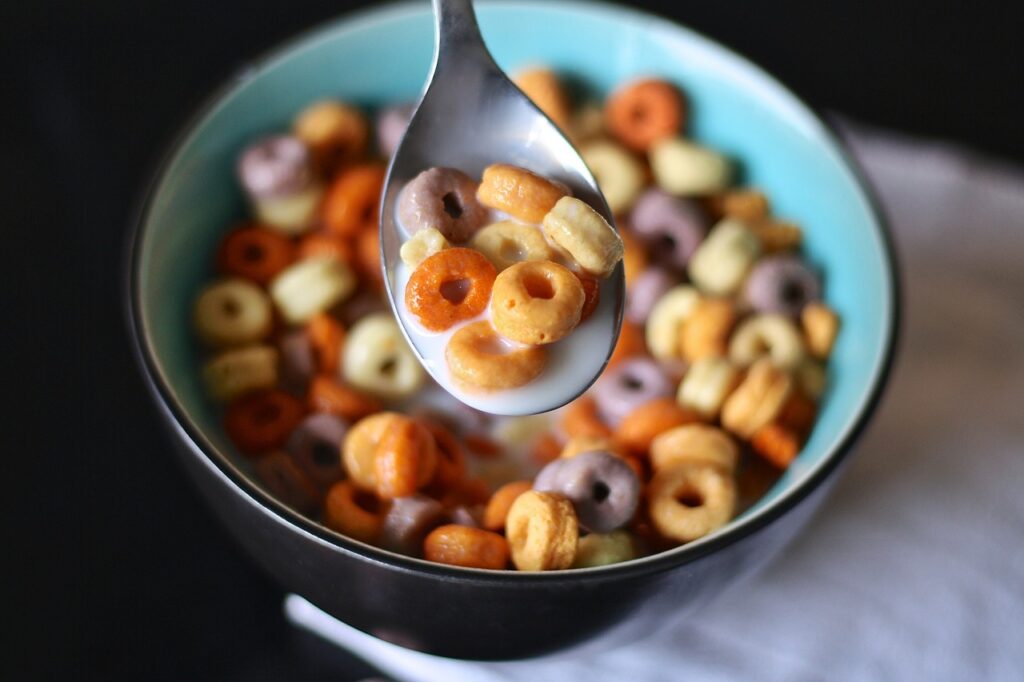
Eating boxes of cereal until your mouth is raw gets demoralizing
Around the same time we were working together, I also began coaching my own clients online, and found that some of them were running into the same issues I had: burnout, excessive hunger, irritability, and more.
But I was terrified to tell them they needed to stop dieting.
After all, people hired me to help them transform their bodies. What if they got pissed that I suggested purposely not losing fat?
As a result, I shied away from it for a while.
But their burnout got worse, and they were spinning their wheels like I did. I didn’t want this for them, even if they fired me (which is what I irrationally expected at the time)… so I suggested more breaks and maintenance phases—and every client who “accepted” them reaped the rewards.
People like Eric:
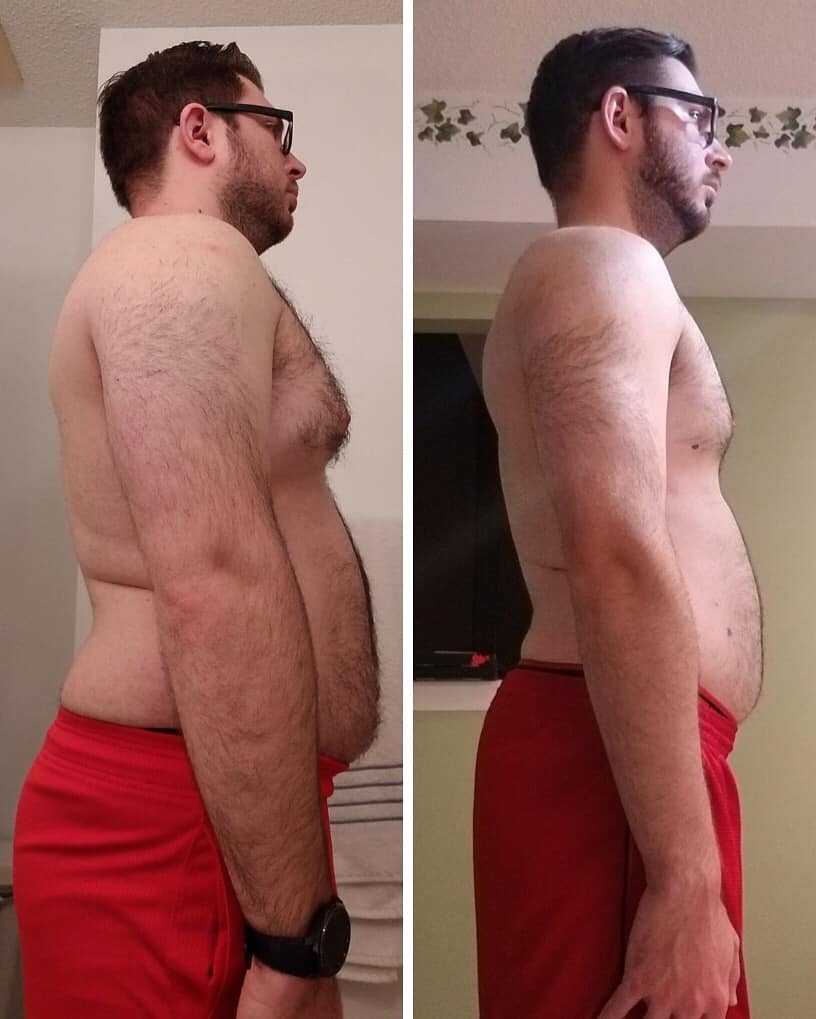
And Tina:
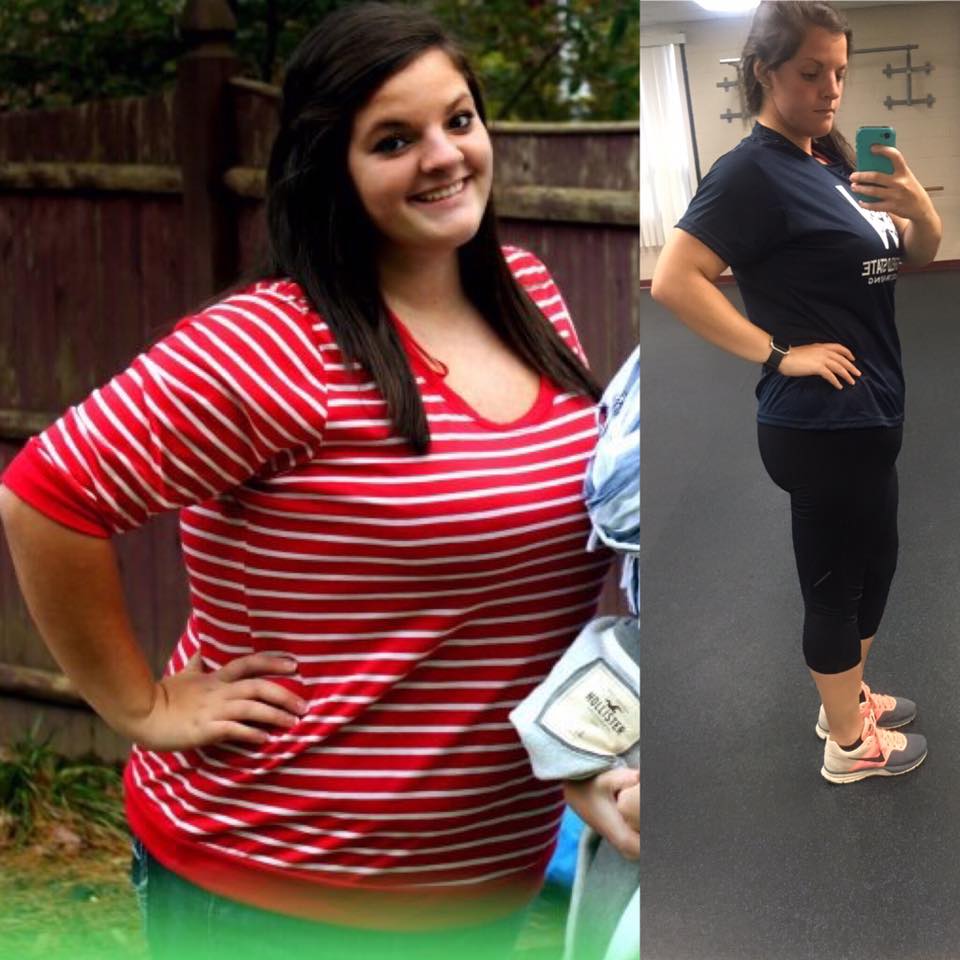
The clients who “refused” (which I take full responsibility for) continued to struggle. Here’s why:
1) Dieting eats up a LOT of bandwidth
On a daily basis, you might be planning your meals, calculating calorie totals, making modifications to a plan, AND weighing your meals on a scale. This is a far cry from what most people do (completely wing it every day).
So it’s understandable that 12-16+ weeks into a diet, someone might’ve just about had it with the whole process. Similar to me in 2016, you just want to eat a damn cookie without doing math or worrying about calories.
Which is not only normal: it’s expected. It’s not a “willpower” or “motivation” issue (like most people think).
2) Our metabolisms adapt over time
That said, not to the degree some “experts” claim. If you’re not losing fat, there’s a 95% chance you’re simply overeating without realizing it.
Nobody likes hearing this, which is why “starvation mode” is a popular scapegoat. People would rather hear that undereating is the reason they’re not making progress (rather that they’re eating too much).
But we’ll go ahead and assume you hit your calories with 90+% consistency for months on end. At that point, your BMR (basal metabolic rate: amount of energy required for baseline functions) is going to be a little lower because you likely weigh less. Also, there’s going to be some level of metabolic adaptation, where your body becomes slightly less responsive to a diet.
The combination of these—a lower BMR and slight metabolic adaptation—can set us up to “plateau” on a calorie total that “should” (on paper) produce fat loss.
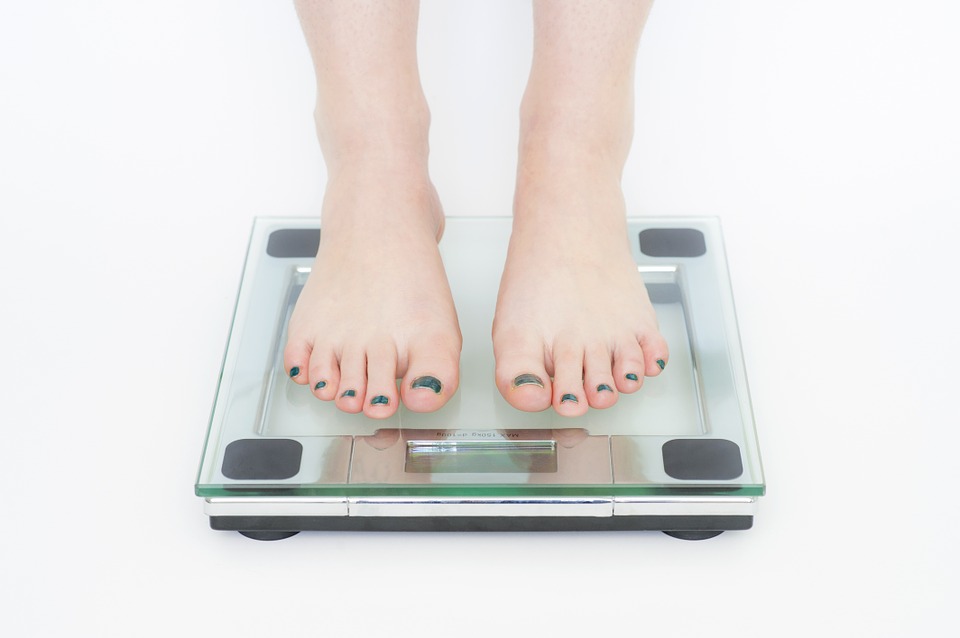
Isn’t it funny how purposely not losing weight can indirectly lead to weight loss?
3) Dieting is taxing on the body
Aside from metabolic adaptations, we have to consider other “symptoms” of a diet (which heighten over time):
- Increased hunger and cravings
- Sporadic workout performances
- Slower recovery between workouts
- Trouble sleeping
- Feeling cold or weak
- A weakened immune system
The list goes on.
When you choose to diet, you’re also choosing to experience these trade-offs—which, IF your diet is approached correctly (and that’s a big “if”), should be minor. But there are times where dieting duration and intensity heighten these symptoms, no matter how you approach it.
4) Most people are unnecessarily strict
No matter how much encouragement, reinforcement, and “pushes” some people receive to be flexible with food choices: they’ll still associate dieting with deprivation, and not eat as sustainably as they should.
Over time, this leads to intense mental fatigue, as the desire for splurges combined with the perceived inability to enjoy them isn’t something people want to experience for long.
As a result, slip-ups become more frequent and extreme, as we subconsciously feel compelled to “get it all in while we can” when we do splurge. One cookie turns into two, three, and eventually the whole sleeve.
5) They viewed progress through a narrow lens
Again, this was my fault for not educating my clients more, and assuming everybody knew that a diet break or maintenance phase is NOT a “pause on progress” (as my 2016 self believed). There’s a laundry list of wins you can have that have nothing to do with fat loss:
- More mindful eating
Higher quality sleep - Better stress management
- Personal records in workouts
- Improved mental health
- Increased confidence and self-esteem
- Healthier lifestyle habits
When you truly buy into this, you’ll be primed for another successful stretch of dieting after your break or maintenance phase. The opposite is true if you resist or rush either.
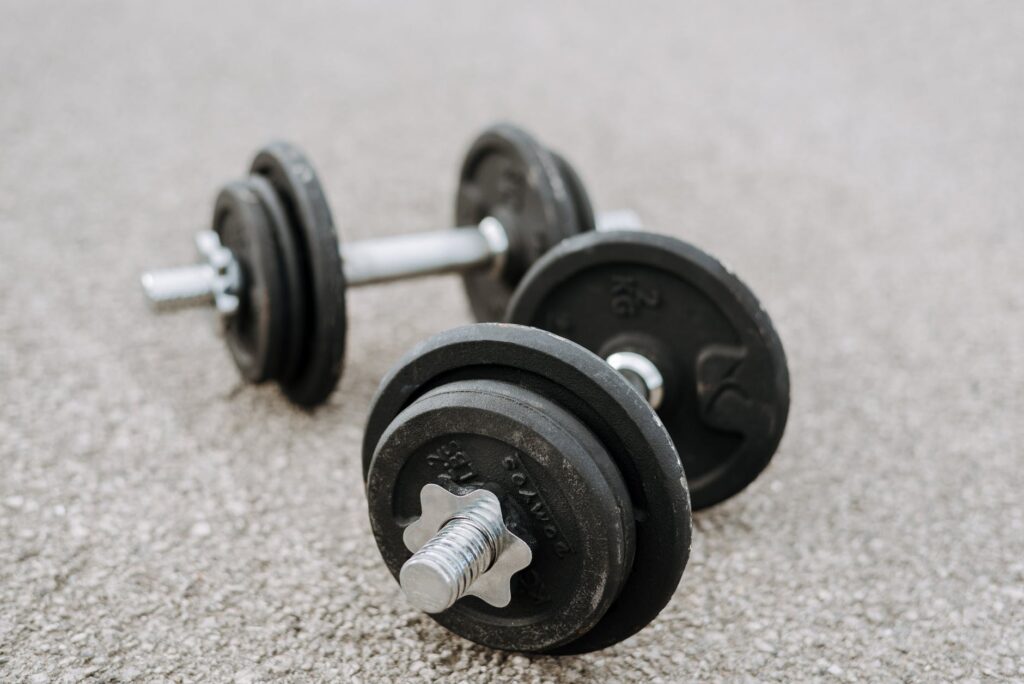
A maintenance phase is the PERFECT time to focus on workout performance (even in a home gym)
Here’s why the clients who got on board did so well:
1) They thought about food less
If you have 1,450 calories to work with, a 470+ calorie blueberry muffin can be a source of “stress”:
- Does it really have 470+ calories?
- How accurately do I have track it?
- How do I modify my other meals?
- Will I be starving later?
Whereas diet breaks and maintenance phases—which typically come with 400-600+ “extra” calories—can eliminate this stress, allowing you to think about food less and go on with your day.
2) Their bodies recovered
Again, I can’t stress enough how ridiculous “starvation mode” is—but metabolisms do adapt (slightly), and a conscious decision to maintain can allow a slight uptick in calories burned at rest. You can also expect to experience a myriad of other benefits:
- Felt less hungry
- Had much better workouts
- Recovered better between workouts
- Slept much better
- Felt stronger and more energized
Not bad for a “pause on progress.”
3) They enjoyed more flexibility
From a logistical perspective, diet breaks or maintenance phase allow you to more easily “work in” fun splurges and treats* that’d be hard to fit into your usual calorie range—all without blowing your progress.
*This does NOT mean it’s a free-for-all. Most of your calories should still be allocated to nutrient-dense items.
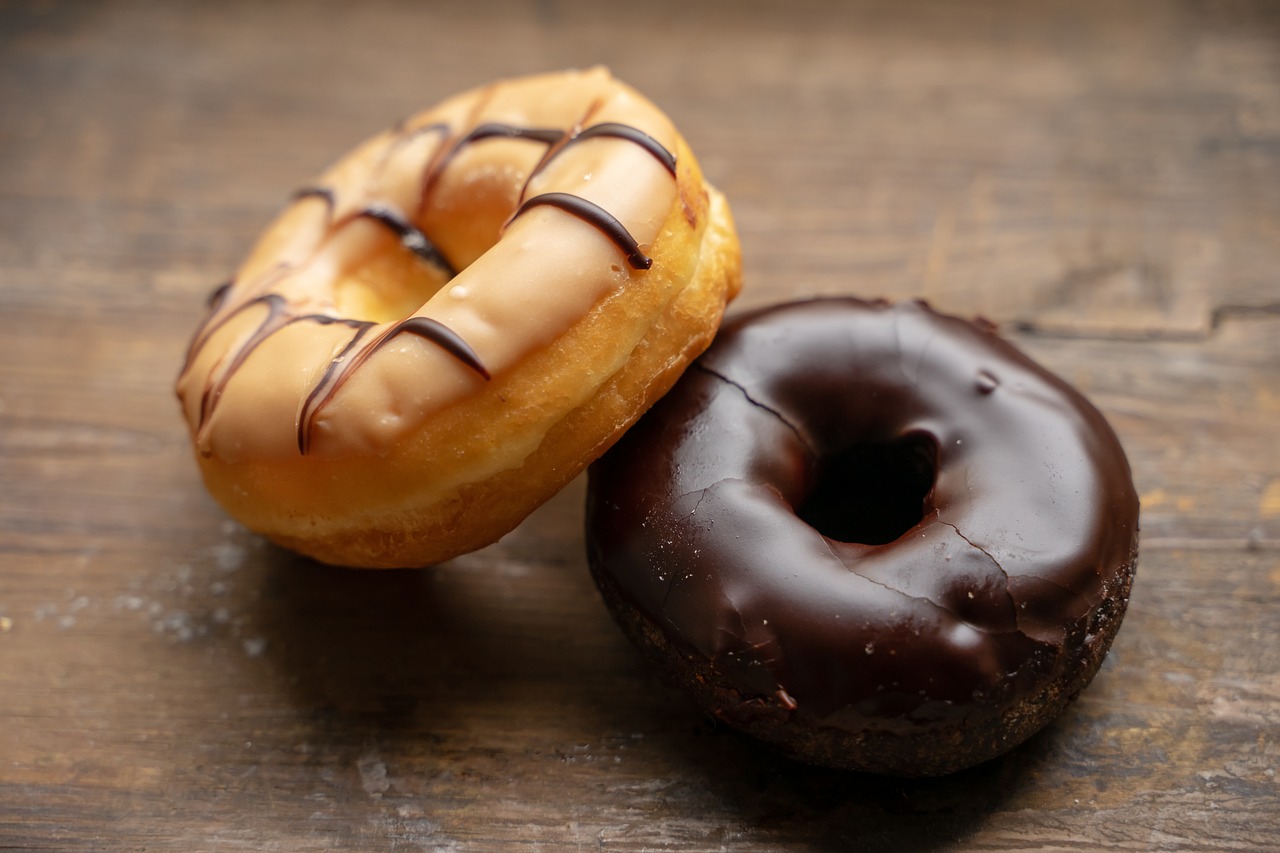
Anybody who knows me knows that donuts are my favorite splurge
4) They learned patience
The most common dieting pitfall—and it’s not even close—is putting ridiculous, self-imposed deadlines on success. Every weigh-in becomes stressful, every slip-up feels like the end of the world, and unnecessary adjustments (like calorie drops and “extra” workouts) are made WAY too often.
Purposely taking time away from dieting opens your eyes to how much more enjoyable—yes, I said enjoyable—the transformation process can be without outlandish expectations.
If you’ve read this far and you’re still hesitant to take a breather: I want you to consider a cross country road trip. Would you ever drive from Boston to Los Angeles without a break?
Of course not.
You’d need to stop for gas, rest, food, and maybe an oil or tire change. No amount of “mental toughness” can minimize the need for these things, and you’d break down in Pennsylvania if you tried. Then it’d take you even longer to reach Los Angeles than if you’d pulled over when you needed to.
On a surface level, your body and mind aren’t much different.
You can’t “push through” the obvious physiological and mental needs for diet breaks and maintenance phases on a transformation journey. If you try, you’ll make your journey dramatically harder and longer than it needs to be—which is why I called these tools for accelerating your journey.
You won’t rebound so often and waste time starting from scratch.

There are very few scenarios where a break doesn’t make sense (unless your journey is extremely short)
Assuming you ARE tired of this (and bought into a diet break), we’ll recap your X’s and O’s:
1) I typically don’t recommend spending more than 16-18 weeks in a calorie deficit before taking a break or entering a maintenance phase. The longer you’ve been dieting, the more you should lean toward a maintenance phase
2) To this point, the longer or more aggressive your diet is, the lengthier your break needs to be (for physiological AND mental reasons). At times, several months off from dieting makes the most sense before continuing to pursue a fat loss goal
3) You can break in one of two ways: by quickly jumping to maintenance calories (+400-600 for most people) OR slowly elevating calories (by 100-150 per week) until your bodyweight averages increase (at which point you stop increasing calories). The latter is a strategy I use for clients who stress weigh-ins (because jumps in water weight are normal)
4) Sometimes, a “non-tracking break”—where you don’t even open MyFitnessPal or “formally” track food—makes sense. But you need be comfortable with more hiccups (because the lack of “data”) if you choose to go this route. I also recommend using this framework to continue making good decisions:
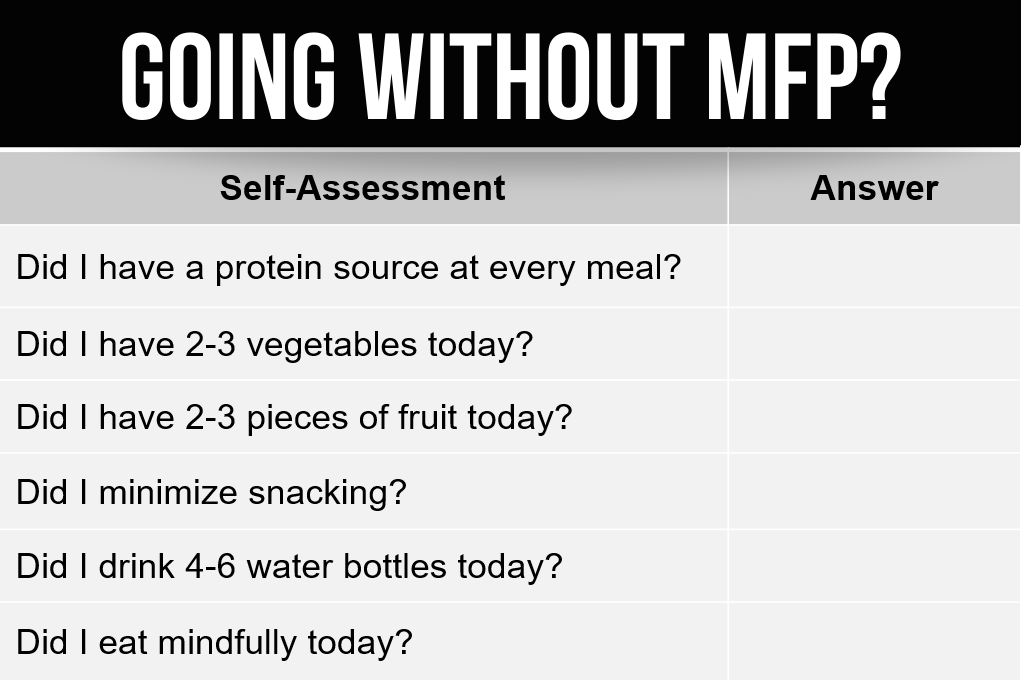
It’s worth reiterating one more time: if you resist time off from dieting, it’s inevitable that you’ll crash and burn and waste even more time before reaching your transformation goal (if you even reach it at all)—and I’d hate to see that for you.
So let me know if you’d like personalized guidance on your diet, and ALL the guesswork taken out of when and how to break en route to massive success:
Or email me (HERE) with questions.




